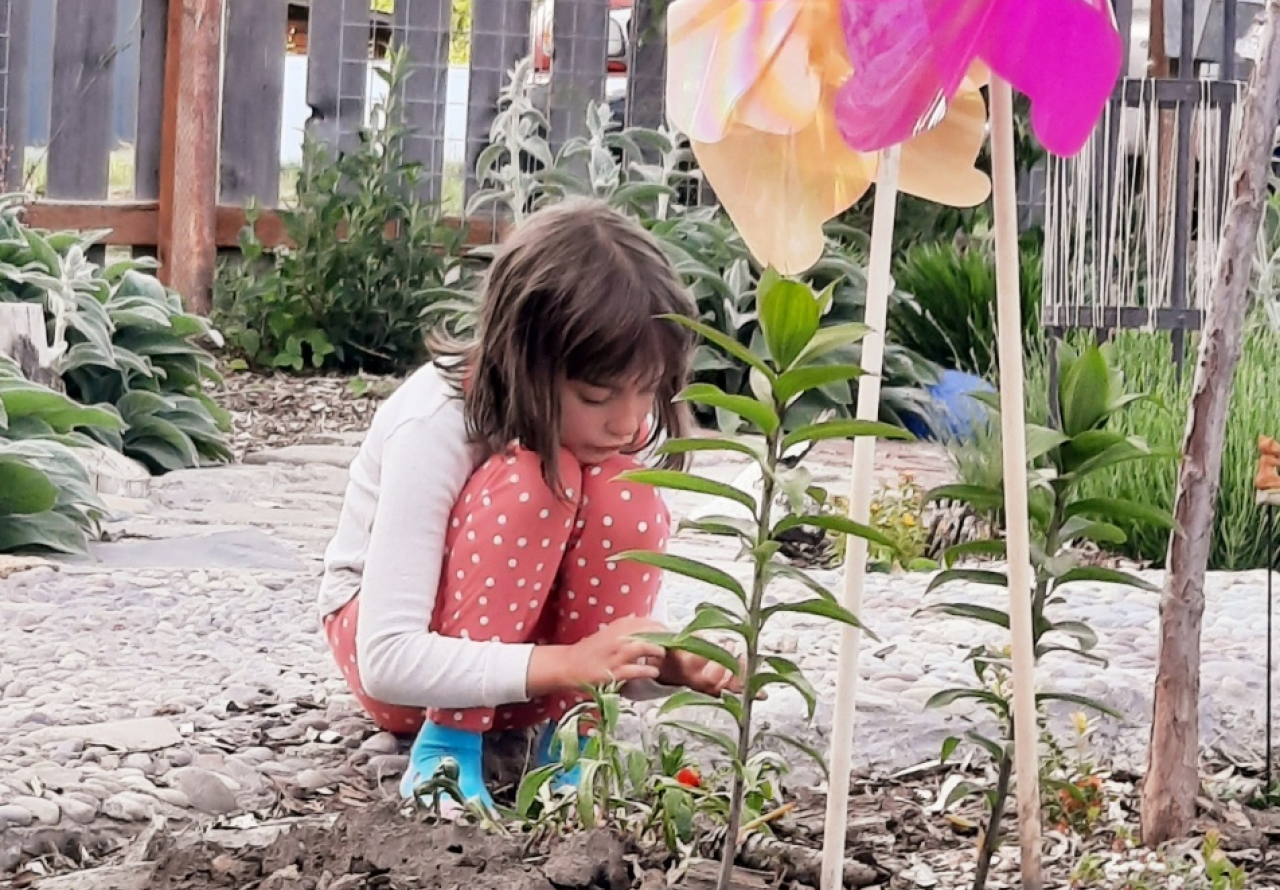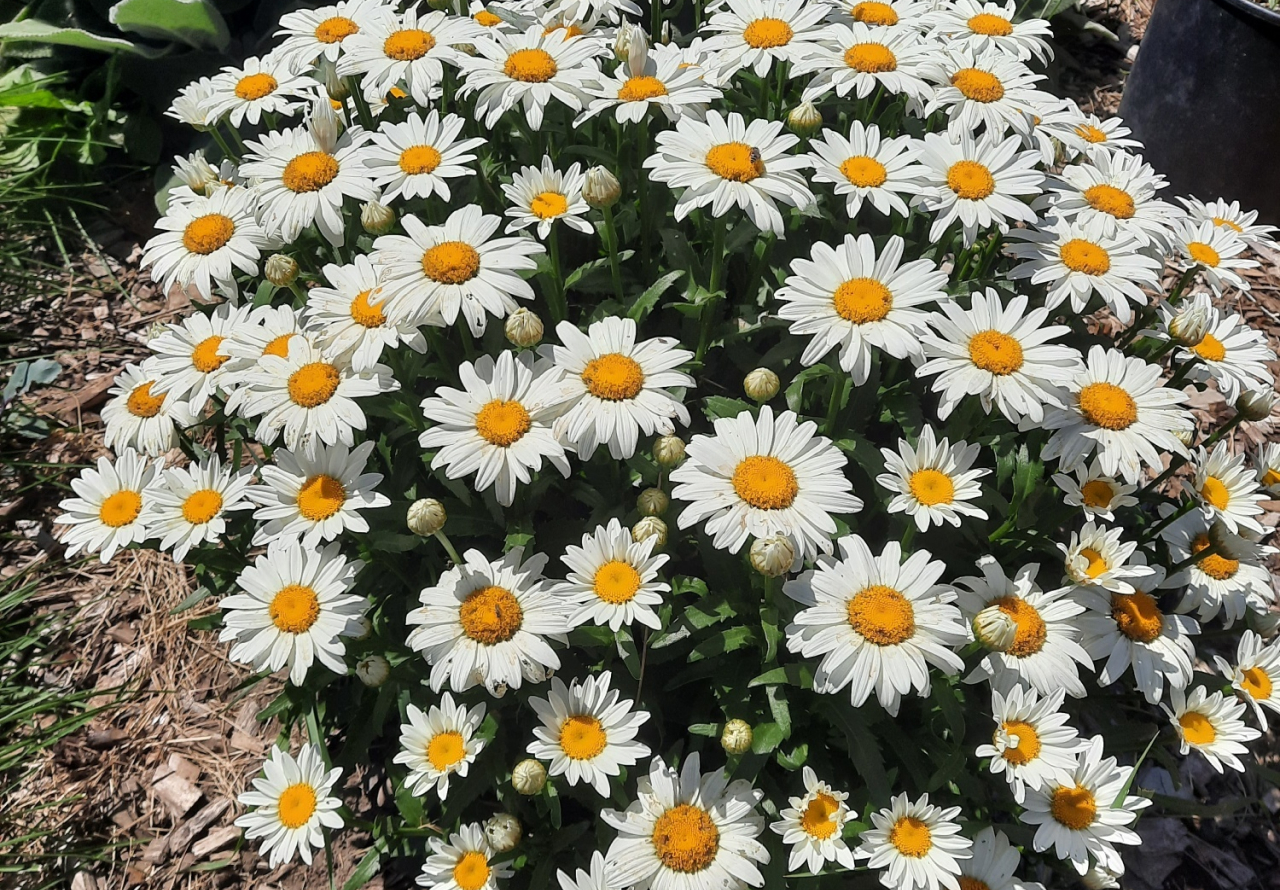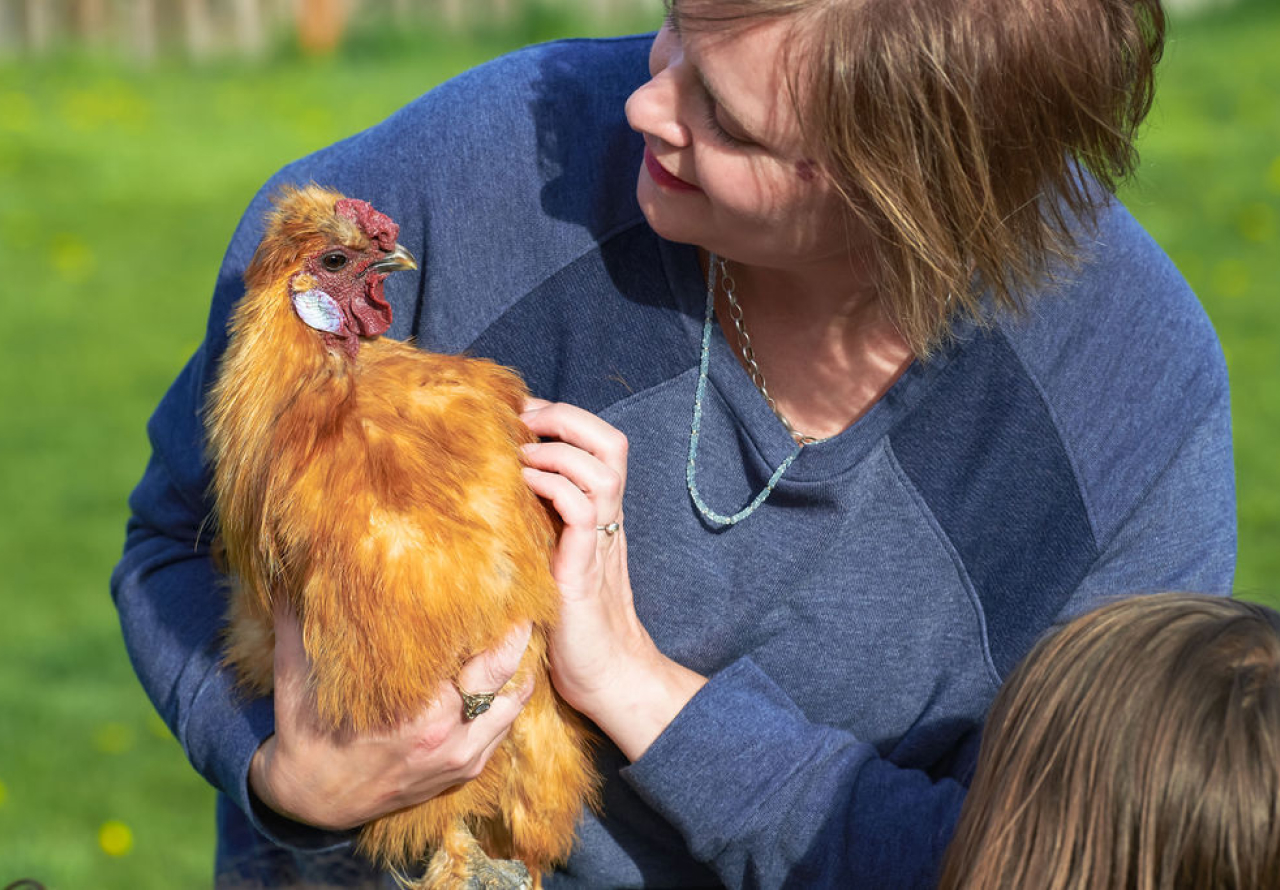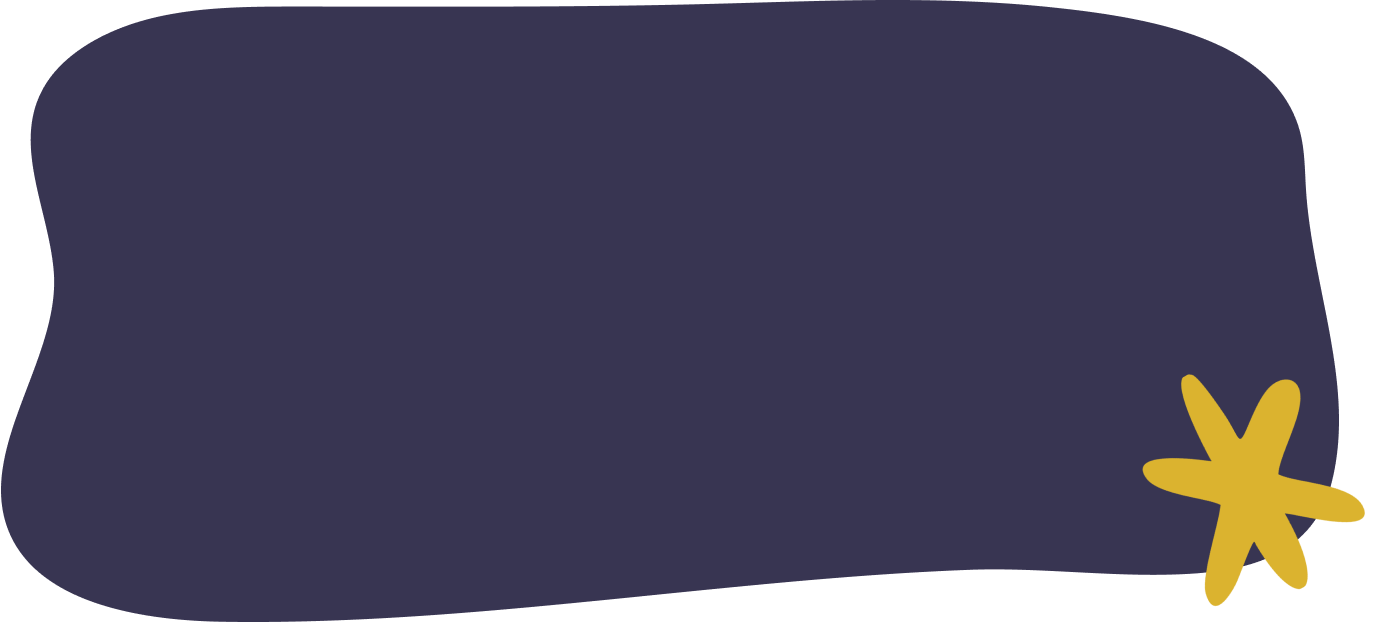
Our sensory systems are the filters through which we understand our world. As children, it is the ‘language’ we use to speak with our environment.
Something interesting happens when a child enters an environment, whether it's a park playground, an outdoor classroom, a streetscape, or even their own bedroom.
A child initiates an unspoken conversation with their environment, and it goes something like this...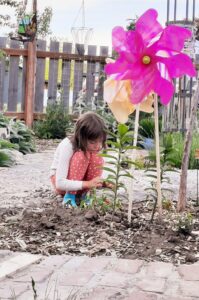
A child asks <hey, environment> “what can you offer me?” “What can I experience here?” “How can I play and spark my imagination?” “How will I know I’m safe?” “What can I learn from you?” “How may I grow here?”
And, the internal questioning continues...
The environment responds to the child, always. It responds to them in a language they can easily understand: through their senses. The natural environment is rich in color, shape, texture, fragrance, sensation, taste, movement, and on and on. The conversation begins as the child starts playing, and the dialogue becomes more rich and deep as they explore, discover, and develop a relationship with the space.
This loving, nurturing silent conversation happens between nature and children of any ages, even infants. This beautiful dialogue takes place between nature and children who are non-verbal. Nature is always speaking to us. We have to still ourselves to listen.
And, we must allow our children time and place to still themselves as often as possible because, for them, these conversations quickly develop into a relationship with nature that lasts their entire lives. A relationship that anchors them, especially when their lives can get turbulent.
This is one of the many reasons I advocate for nature play.
Nature play is one of the best tools we have to give our children what they need to develop into the amazing humans they're meant to be.
